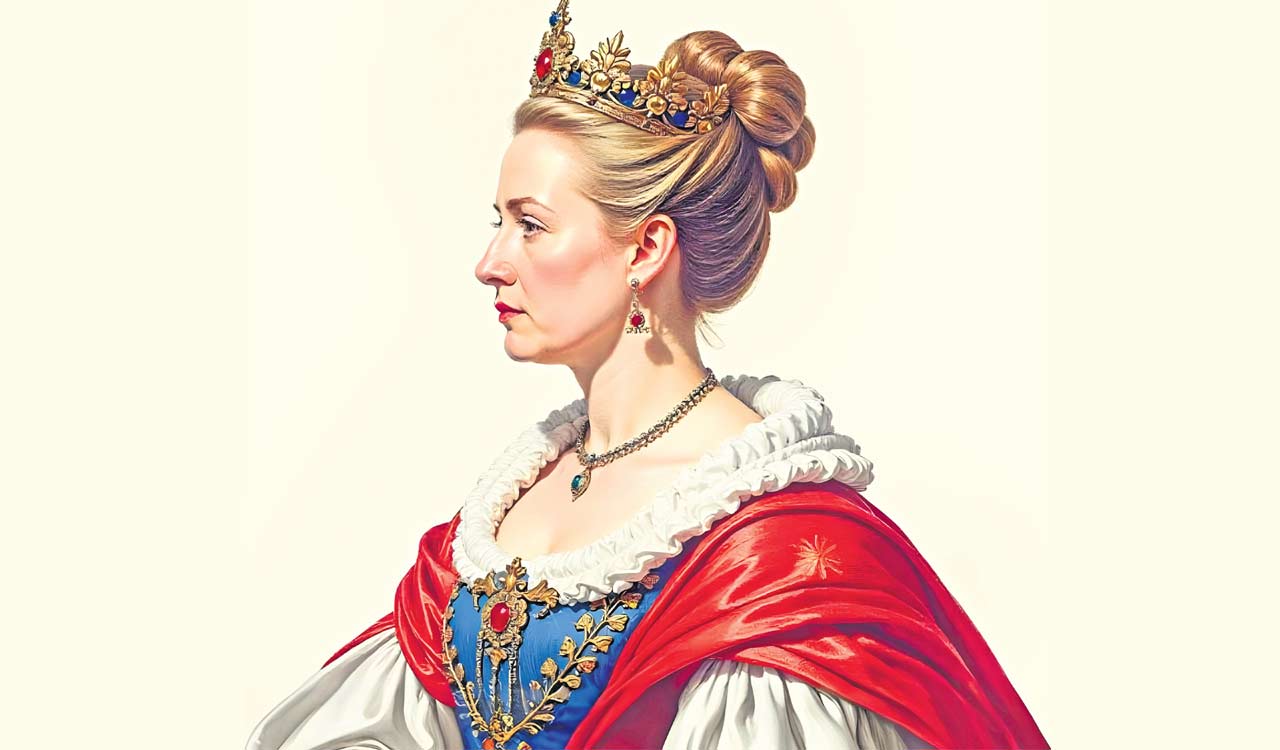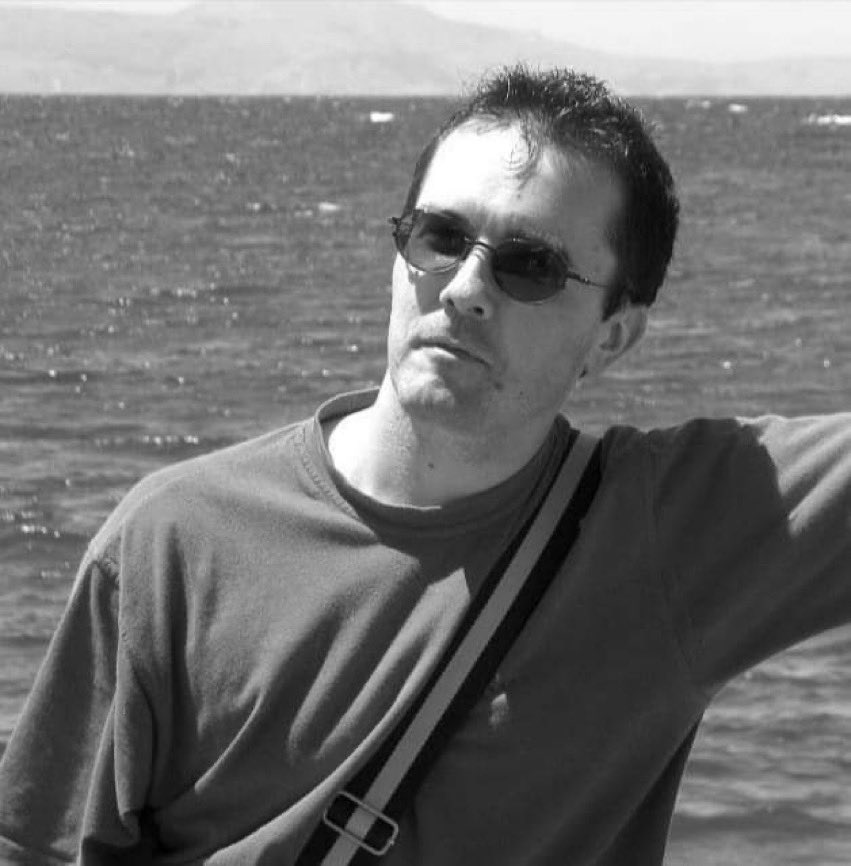Rewind: Benevolent dictator of Russia
Catherine, who ruled Russia for 34 long years, made the country a powerful nation but her ‘benevolence’ was different

By KSS Seshan
At a time when the autocratic rule of the Bourbon dynasty of France, professing the divine right theory of monarchy, headed towards the Great Revolution of 1789, there was a crop of benevolent rulers in other European countries whose sole aim was the welfare of the people. With an avowed belief that the King existed for the sake of the people and not the people for the king, they averted any revolt or rebellion in their countries, unlike France.
Frederick I of Prussia (1740-1786), for example, held the view that the “King was not the absolute master of the people but the first servant of the nation”. Maria Theresa (1740-1780) and Joseph II (1780-1790) of Austria ruled with the same concept of the welfare of the people. They were regarded as ‘benevolent dictators’ and ‘enlightened rulers’. The Empress of Russia, Catherine, popularly known as Catherine the Great, was prominent of all such benevolent rulers of the 18th Century, but her ‘benevolence’ was slightly different.
Bride to Russia
If Peter the Great ( 1696-1725) transformed Russia, a Eurasian empire from Medievalism to Modernism, the power and prestige of Russia in the comity of nations in Europe was well established only during the period of Catherine the Great who ascended the Russian throne nearly 40 years after the death of Peter. Catherine who ruled Russia with a heavy hand for 34 years from 1762 to 1796 was a German by birth. She was born in 1729 in a small German principality, Anhalt-Zerbst. Her early name was Sophia. Elizabeth Petrovna soon after becoming the tsarina of Russia, proclaimed her nephew, Peter, the son of her sister, Anna, as her successor as she was childless. Elizabeth wanted to provide a worthy wife to her nephew and asked the suggestion of Prussian ruler Frederick the Great. Frederick suggested the name of Sophia, the daughter of the chief of Anhalt-Zerbst, and soon the marriage took place.
After coming to Russia, Sophia gradually identified herself with the country of her adoption. She learnt Russian and changed her Lutheran faith to that of Orthodox Christianity — the religion majority of the Russians followed. She even changed her name to Catherine. Her husband Peter III, whose interests were dissimilar, had all the vices of Romanov tsars. His tastes were so bizarre that even after marriage he continued to play with dolls and toy soldiers. Catherine, on the other hand, was a voracious reader. She read Plutarch, Tacitus, Montesquieu, Voltaire and other famous writers.
In 1762, Catherine subjected Poland to the first partition. Austria, Prussia and Russia gained greatly from this partition and Poland was reduced geographically
In 1761, Elizabeth died and Peter III succeeded to the Russian throne. But soon people hated him for his uncouth behaviour, the army and even the clergy disliked him. Catherine, who was not liked by her husband, slowly worked to gain the goodwill and sympathy of the people, the army and the Church. In fact, the army and the clergy openly supported her against Peter III. As a result, she got her husband secretly murdered and proclaimed herself the tsarina of Russia in June 1762 and took the management of state affairs into her own hands.
Pugachev’s Revolt
Soon after becoming the Empress, she wanted to make several administrative reforms. In 1766, she summoned a legislative commission to draft a new code of Russian laws and consider many questions concerning social reforms, particularly the conditions of serfs. About 650 deputies attended the Assembly and their deliberations continued for about one-and-a-half years with no concrete suggestions coming forth.
The serfs throughout the country were at the mercy of the landlords. When nothing was done by the Legislative Commission, the peasants revolted in several parts of the country. The most prominent revolt was the one led by Pugachev in 1773. Though illiterate, Pugachev was able to collect a large force of more than 25,000 men comprising agricultural serfs and miners. He marched down the Volga valley causing a thunder to the landlords. Catherine soon sent a large army which routed Pugachev’s followers and captured the leader. Pugachev was taken to Moscow in an iron cage and publicly executed in 1775. This unsuccessful attempt of the peasant’s movement and the way it was put down by Catherine made her quite unpopular among the serfs. The government also became blind to the cruelties the landlords inflicted on their peasants.
Catherine continued the work of Peter in strengthening absolutism and in centralising authority. She was particular in getting the name of ‘Enlightened Monarch’ and hence spoke much about reforms and liberal ideas but in reality, she did precious little. When Denis Diderot, the French philosopher, pointed out the dichotomy in her liberal views and authoritarian methods, she is said to have told him: “You philosophers are fortunate for, you write on the patient paper; whereas I, poor Empress, am forced to write on the sensitive skin of the human beings.” That succinctly reveals the true nature of Catherine as the ruler of Russia. During Catherine’s reign, foreign trade as well as industries of Russia expanded greatly. Commercial treaties were concluded with various European countries.
Europeanisation Efforts
Being of Western birth, Catherine followed the policy of introducing Western civilisation into Russia. Peter the Great had introduced several European customs and practices in Russia, but Catherine took the Europeanisation of Russia to a logical conclusion. She was much attracted particularly towards French customs and manners besides French philosophers and their writings. She encouraged people to imitate French social practices. Russian youth were encouraged to study in French universities.
But in all these activities, Catherine strived hard to make the Westerners believe that she too adopted measures of an enlightened despot. Intellectually and economically, the Russian masses did not progress during her regime. Once the Governor of Moscow wrote to the tsarina that though he started schools in his jurisdiction as per instructions, children were not coming forward to attend them nor were parents willing to send their wards to schools.
The reply Catherine sent reveals in no small measure her real face. She wrote: “Our duty is to start schools; if the students are not attending, it is none of our business. If everybody is educated, then you and I will never find our respective places”. There were a number of schools without teachers due to the paucity of qualified people to teach. Still, she went on establishing schools to get the name as a promoter of educational facilities in the country. The educational level was so low in Russia during her period that there were just some 300 lay schools for a total population of 26 million.
Gobbling Poland
In her foreign policy, Catherine thought of adding as much territory as possible to the Russian empire, and she was successful. With the support of Frederick the Great of Prussia and Maria Theresa of Austria, she succeeded in destroying Poland by annexing much of its territory. At the beginning of the 18th century, Poland was the third largest state in Europe, next only to Russia and Sweden. The vastness of Poland roused feelings of jealousy among the neighbouring powers like Austria, Prussia and Russia. Poland was a flat, plain country devoid of any natural boundaries. Adding to it, there was no strong national government. The monarchy was elective and the nobles elected the king.
Catherine with the help of Frederick managed to place her candidate as the king of Poland and subjected the country to the first partition. Austria, Prussia and Russia gained greatly from this partition and Poland was reduced geographically. For about 20 years, there were several developments in Poland. The French Revolution of 1789 greatly influenced Poles and they adopted a constitution and liberal monarchy. Alarmed at the positive developments in Poland, Frederick William II, son of Frederick, and Catherine sent their combined forces in 1793 and subjected Poland to a second partition. Poles made desperate attempts to save their country from extinction.
However, in 1795, Russia, Prussia and Austria subjected Poland to another partition, this time without leaving anything. Russia got the lion’s share when it occupied Ukraine and the whole of Lithuania. Austria and Prussia got the remaining parts of Poland. As a result, Poland disappeared from the list of nations of the world. It was only in 1918 after the conclusion of World War I, that Revolutionary Russia relinquished its claims on Poland. With the defeat of Germany in the war, Poland after about 125 years reemerged and became an independent Republic.
Relations with Turkey
More important than the annexation of Polish territory was the fact that Russia gained access to the Black Sea during the reign of Catherine. In 1770, Catherine sent a large fleet to the Baltic through the North Sea, the English Channel and the Atlantic to the Mediterranean. It destroyed the Turkish fleet and Turkey came around to conclude a treaty. According to the Kuchuk Kainarji Treaty, Russia received Azov and got free access to the Black Sea from which other nations were still excluded.
In 1787, Catherine sent a Russian army to Crimea and annexed it. When the Sultan protested for its restoration, war ensued. Austria came to the help of Russia and Catherine continued the war for a long period. Resultantly, Russia got Crimea in 1792. Russian influence on European affairs reached its watermark after it got Azov and Crimea. Catherine used to fondly say “I came to Russia, a poor girl. Russia has dowered me richly; but I paid her back with Azov, Crimea and Poland.”
On 17 November 1796, Catherine died suddenly and though her influence on the minds of the people was great, she left no great ideas as her legacy
Intellectual Leanings
What distinguishes Catherine from other Romanov rulers was that she had a great thirst for knowledge. She admired French political philosophers and wanted to incorporate their ideas into her statecraft. She maintained regular correspondence with Voltaire whom she repeatedly invited to her court, but Voltaire declined her invitations as he found that there was a difference in what she preached and what she followed. However, Diderot fell to her invitations and stayed at St Petersburg, often engaging in long conversations with the tsarina. It is said that the entire collection of his books was bought by Catherine and she added to her large library. During the last years of his life, Diderot worked as the librarian for the very library of Catherine.
On 17 November 1796, Catherine died suddenly after ruling Russia for 34 long years. Though her influence on the minds of the people was great, she left no great ideas as her legacy. As a disciple of French enlightenment and a great admirer of political philosophers, she was neither liberal nor enlightened, as she pretended to be. She brought several reforms but achieved very little that benefited the people. However, it should be said of her that she made Russia a powerful nation in the eyes of European countries. The acquisition of Crimea, Azov and Poland made Catherine a great national ‘hero’ among Russians.
Catherine possessed considerable charm. Her intelligence, flexibility of character and love of Russia earned her much support. She was rightly hailed by European contemporary leaders as the ‘Star of the North’.
(The writer is a retired Professor of History, University of Hyderabad)
Blurbs:
In 1762, Catherine subjected Poland to the first partition. Austria, Prussia and Russia gained greatly from this partition and Poland was reduced geographically
More important than the annexation of Polish territory was the fact that Russia gained access to the Black Sea during the reign of Catherine
Catherine used to fondly say “I came to Russia, a poor girl. Russia has dowered me richly; but I paid her back with Azov, Crimea and Poland”
On 17 November 1796, Catherine died suddenly and though her influence on the minds of the people was great, she left no great ideas as her legacy

(The author is a retired Professor of History, University of Hyderabad)
Related News
-
Cartoon Today on December 25, 2024
1 hour ago -
Sandhya Theatre stampede case: Allu Arjun questioned for 3 hours by Chikkadpallly police
2 hours ago -
Telangana: TRSMA pitches for 15% school fee hike and Right to Fee Collection Act
2 hours ago -
Former Home Secretary Ajay Kumar Bhalla appointed Manipur Governor, Kerala Governor shifted to Bihar
2 hours ago -
Hyderabad: Organs of 74-year-old man donated as part of Jeevandan
2 hours ago -
Opinion: The China factor in India-Nepal relations
3 hours ago -
Editorial: Modi’s Kuwait outreach
3 hours ago -
Telangana HC suspends orders against KCR and Harish Rao
4 hours ago




